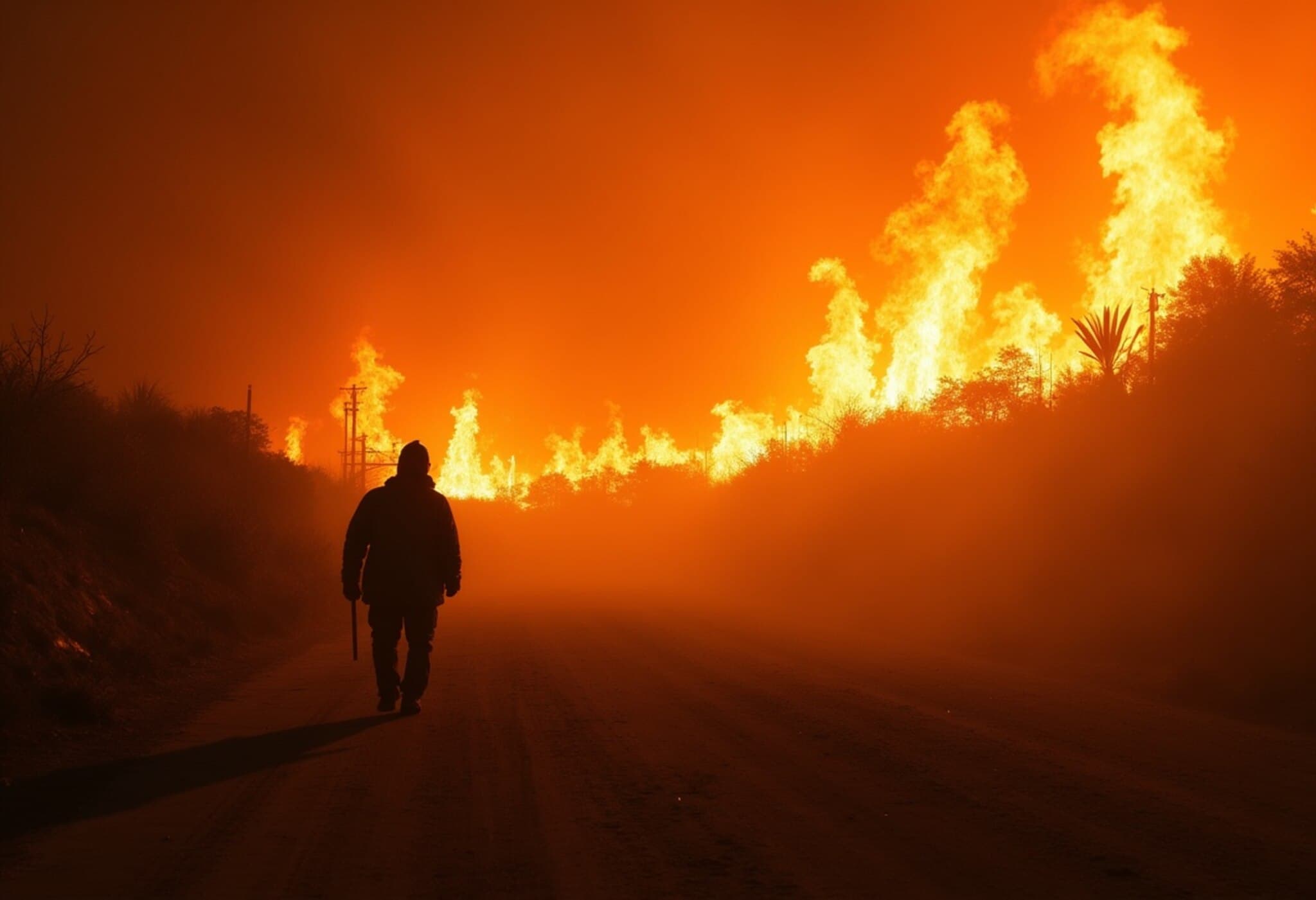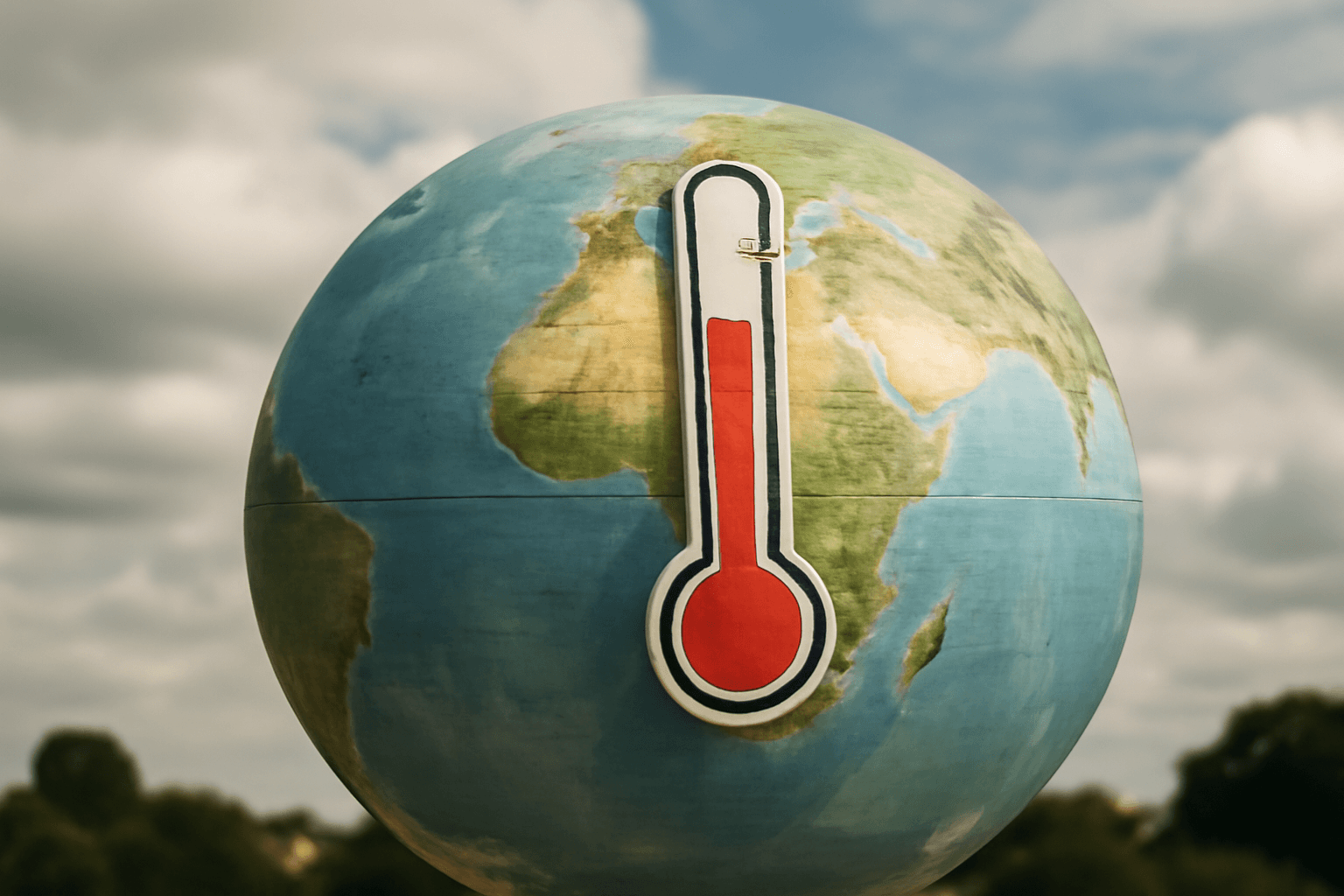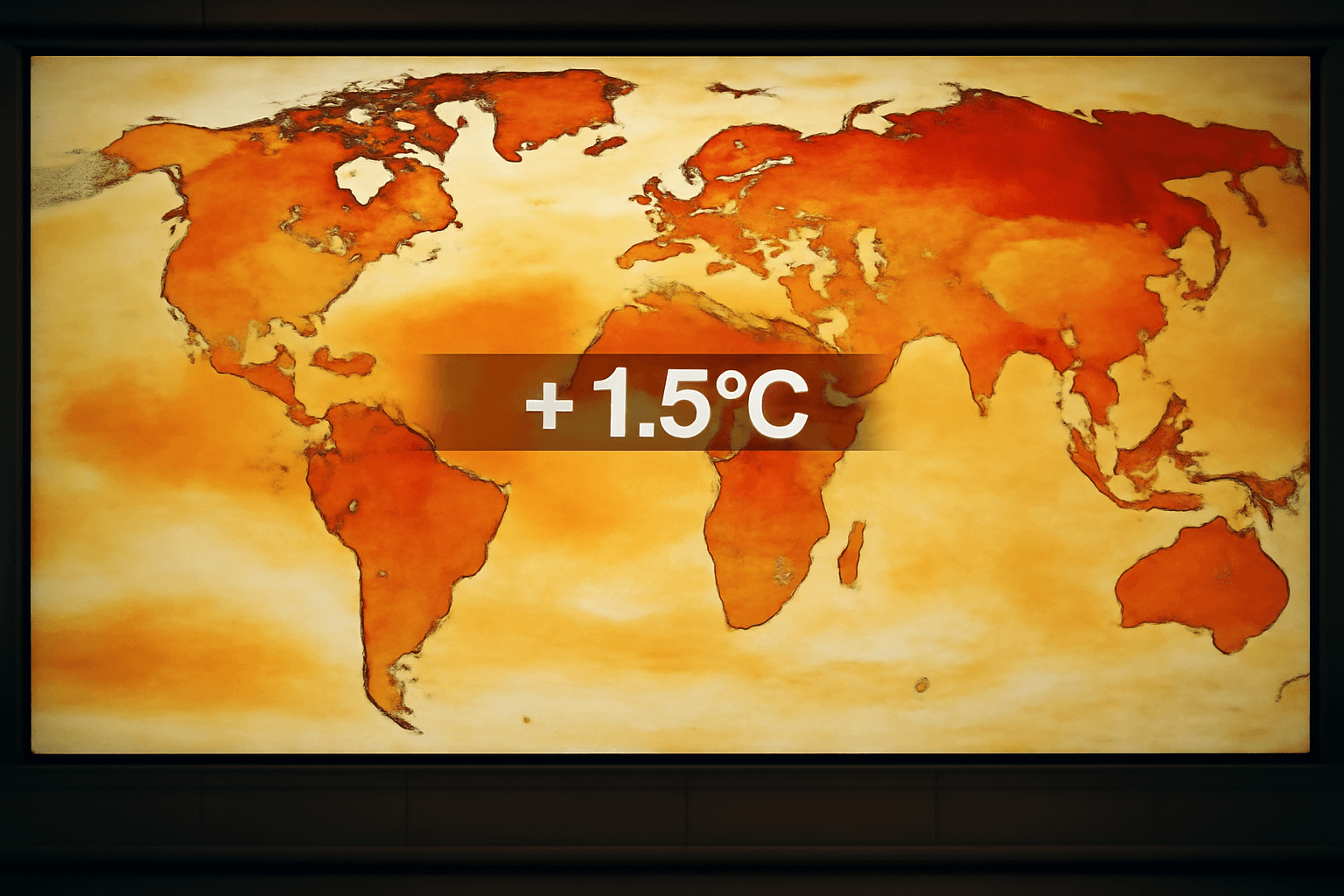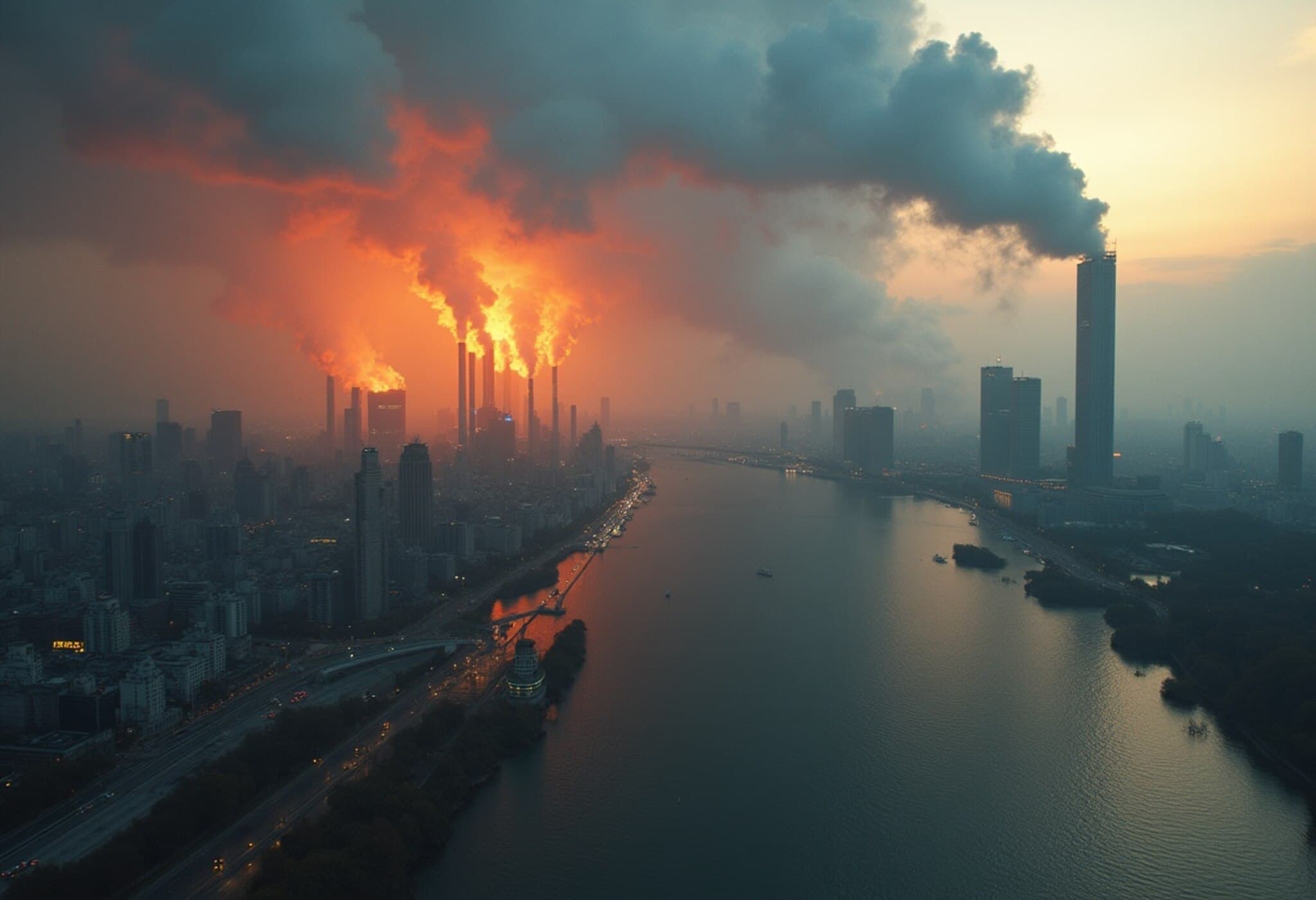Greenhouse Gas Emissions Driving Earth Toward Critical Warming Threshold
A recent study reveals that humanity is on track to emit enough greenhouse gases by early 2028 to likely surpass the pivotal 1.5°C global warming mark since preindustrial times. This milestone, widely recognized as a limit under the 2015 Paris Agreement, signals a point of no return where severe climate impacts become increasingly inevitable.
Emission Rates Accelerate Global Temperature Rise
The analysis highlights that the world currently pumps approximately 46 billion tons of CO2 into the atmosphere annually, rapidly approaching a cumulative carbon budget of 143 billion tons still available before breaching the 1.5°C barrier. As a result, experts estimate there's now at least a 50% chance that this long-term warming threshold will be crossed within the next three years.
The pace of human-driven warming has intensified to about 0.27°C per decade, fueled primarily by fossil fuel combustion. Besides carbon dioxide, other greenhouse gases like methane also contribute to this accelerating trend. Notably, the Earth's energy imbalance—the measure of heat retained in the climate system due to increased greenhouse gas concentrations—has surged by roughly 25% in the last decade, underscoring the growing severity of the crisis.
Consequences of Surpassing the 1.5°C Threshold
Once this temperature limit is exceeded on a sustained basis, global climate impacts are projected to intensify dramatically. Scientists warn of:
- More frequent and intense heatwaves and droughts
- Stronger storms accompanied by extreme rainfall
- Accelerated sea-level rise threatening the existence of small island nations
- Heightened vulnerability especially among poor and marginalized communities
In fact, the planet temporarily crossed the 1.5°C mark during 2024 — though the official boundary is calculated over longer periods, typically two decades. This transient overshoot signals how close the world already is to locking in dangerous warming.
Mixed Views Among Experts on the 1.5°C Goal
While many scientists emphasize the urgency of preventing the 1.5°C rise to avoid catastrophic outcomes, some suggest that missing this target does not spell immediate disaster. Instead, it highlights the importance of continuing aggressive emission reductions to limit further warming and its associated impacts.
Still, all agree that every fraction of a degree of additional warming compounds the risks, underscoring the need for sustained global action.
What’s Driving the Warming?
Predominantly, burning fossil fuels like coal, oil, and natural gas releases heat-trapping gases that accumulate in the atmosphere. Compounding the problem is the decline in atmospheric particles such as soot and aerosols, which previously masked some warming by reflecting sunlight away. Changes in cloud patterns also affect the Earth’s energy budget, contributing to the observed acceleration.
Experts warn this combination is fueling a troubling trend: the Earth continues to absorb more solar energy than it radiates back to space, causing the climate system to heat up steadily.
The Path Forward
With the window to limit warming onto a safer trajectory narrowing fast, global efforts to reduce emissions have become more critical than ever. Policymakers, industries, and communities must coordinate urgent and ambitious strategies to mitigate greenhouse gas releases and build resilience to climate impacts.
While crossing the 1.5°C mark may no longer be avoidable based on current emission trends, limiting further temperature rise and preparing for inevitable changes remains key to minimizing harm to the planet and its people.



















